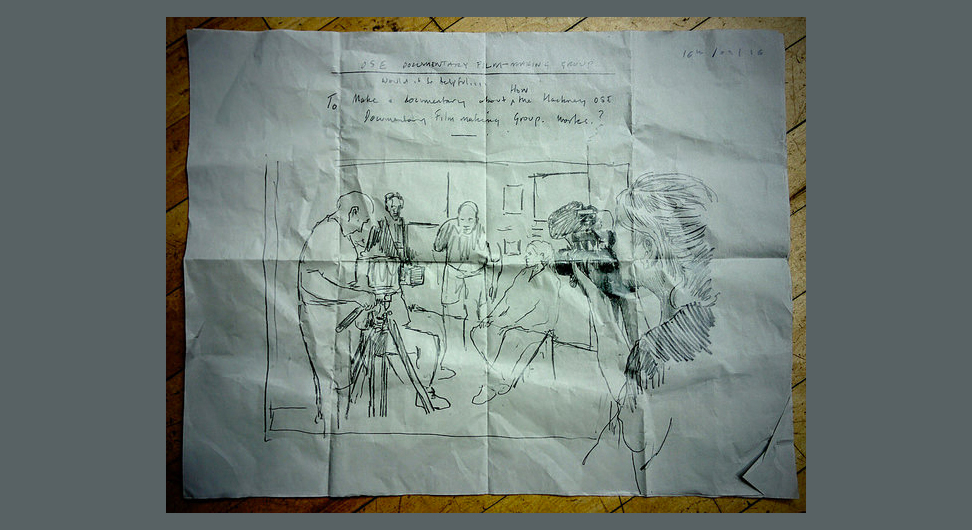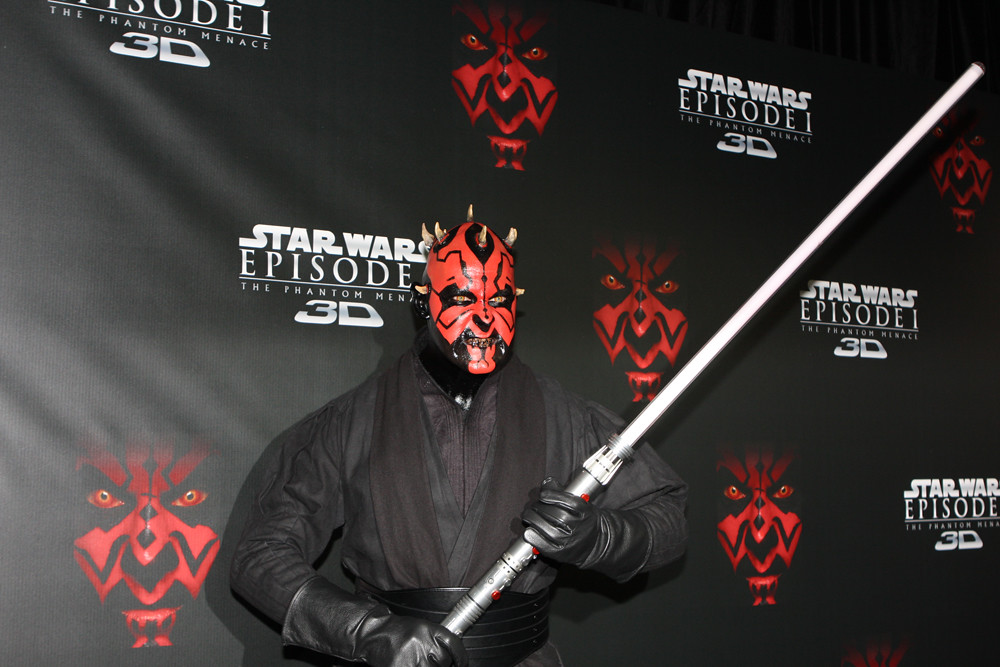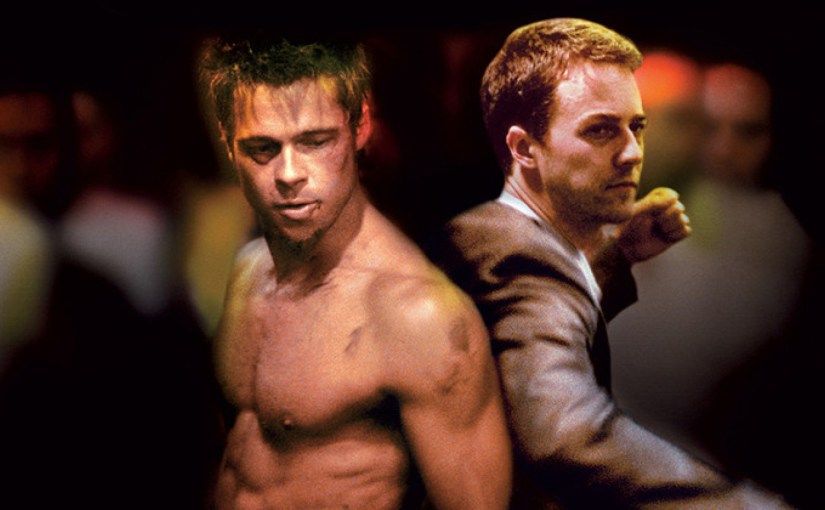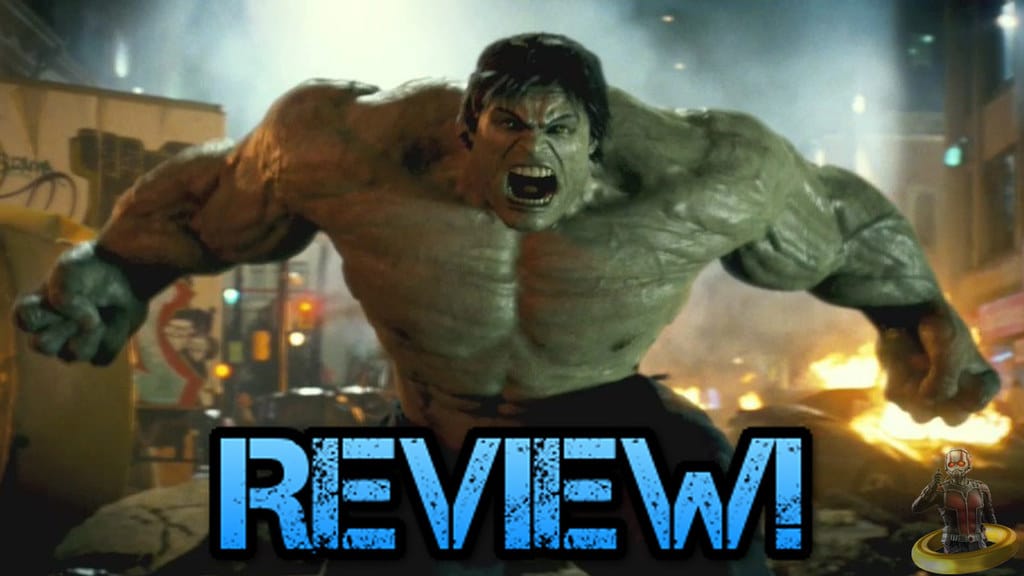
The world of superheroes is filled with larger-than-life figures, but few capture our imaginations and empathy quite like the Incredible Hulk. More than just a green-skinned titan, the story of the Hulk is, at its heart, a deeply human saga of internal conflict, unimaginable power, and the struggle for self-acceptance. It’s a narrative that explores what happens when a brilliant mind is irrevocably bound to a force of nature, making Robert Bruce Banner one of pop culture’s most compelling and tragically relatable figures.
For decades, fans have been captivated by the physicist Dr. Robert Bruce Banner, a man cursed and blessed with the ability to transform into the immense, powerful, and often misunderstood Hulk. His journey is a fascinating exploration of fragmented psyches, where different aspects of his personality manifest as distinct, formidable entities. This isn’t just a tale of brute strength; it’s a profound look into the emotional depths and psychological complexities that drive a character who is, in many ways, an unwilling celebrity of the superhuman world.
Join us as we pull back the curtain on the incredible transformations and personal battles that define the Hulk, diving deep into the many faces of Banner’s inner monster. We’ll explore his origins, the initial terrifying changes, and the various identities that have emerged from his dissociative identity disorder, each with its own unique characteristics and impact on the Marvel Universe. From the early, savage incarnations to the more cunning and intelligent personas, Banner’s struggle for control and understanding is a captivating narrative that resonates deeply with audiences everywhere.
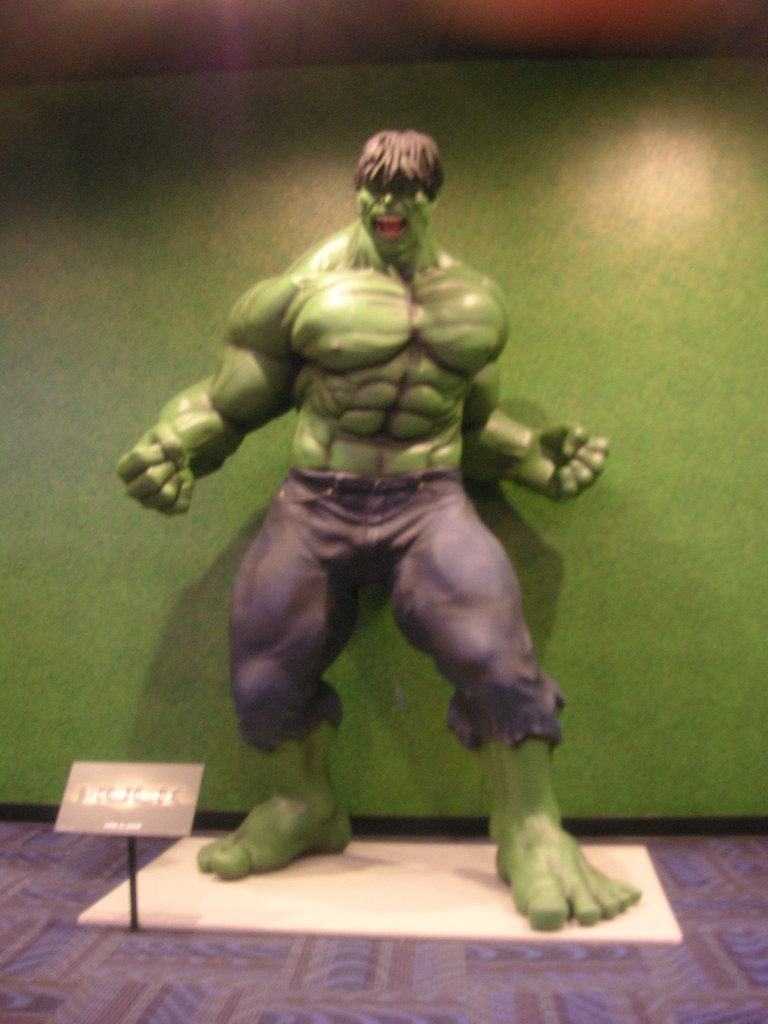
1. **The Dual Nature: Robert Bruce Banner and The Hulk**At the core of the Incredible Hulk’s enduring appeal lies the profound duality of Dr. Robert Bruce Banner and his monstrous alter ego. The character was first introduced in *The Incredible Hulk #1* in May 1962, a creation of the legendary Stan Lee and Jack Kirby. Lee himself stated that the Hulk’s conception was inspired by a blend of literary classics: the tragic figure of Frankenstein and the complex, two-sided personality of Dr. Jekyll and Mr. Hyde. This literary lineage immediately signals the inherent conflict within the character.
Bruce Banner is depicted as a physically weak, socially withdrawn, and emotionally reserved physicist, possessing a genius-level intellect that “cannot be measured on any known intelligence test.” He earned his Ph.D. in nuclear physics from the California Institute of Technology (Caltech) and is considered one of Earth’s greatest scientific minds. However, his psyche was profoundly affected by a troubled childhood, marked by his father, Brian Banner, regarding him as a monster due to his seemingly unnatural intellect. These experiences led Bruce to develop dissociative identity disorder (DID) and to repress his negative emotions as a coping mechanism.
In stark contrast to Banner is the Hulk, an immense, green-skinned, hulking brute who embodies limitless physical strength. The two identities typically resent each other, highlighting the constant internal struggle Banner faces. The character’s full name, Robert Bruce Banner, was a resolution to an early discrepancy where Stan Lee sometimes misremembered his name as “Bob Banner.” This human element of a brilliant, yet deeply troubled individual, forced to confront the destructive power within, is what truly makes the Hulk’s story a compelling and deeply personal drama. It’s a classic tale of the hero trying to tame the monster, often with heartbreaking results for his civilian life.
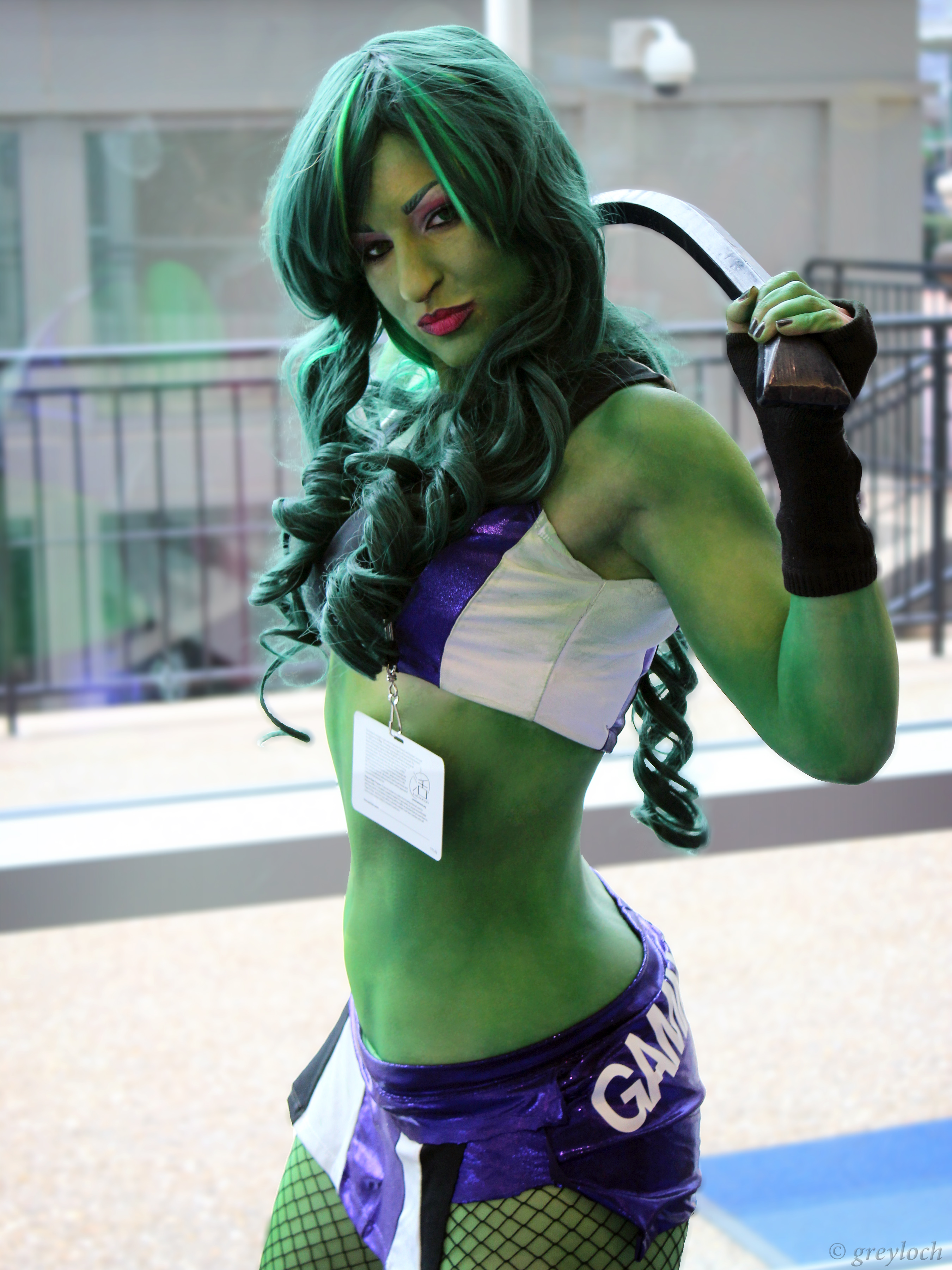
2. **The Gamma Bomb Origin Story**The genesis of the Hulk’s powers is a dramatic and fateful event rooted in Banner’s own scientific genius. He was recruited by the United States Army to develop nuclear weapons under the authority of General Thaddeus “Thunderbolt” Ross, a professional endeavor that ironically set the stage for his transformation. It was during the experimental detonation of a gamma bomb, a weapon he himself designed, that Banner’s life was irrevocably altered, creating the ironic twist of his self-inflicted fate that remains a persistent theme.
In a selfless act, Banner saved the life of a teenager named Rick Jones, who had ventured onto the testing field. Banner pushed Jones into a trench to shield him, but in doing so, he was directly hit with the blast, absorbing massive amounts of gamma radiation. He initially appeared unscathed, but the exposure had fundamentally changed him. This accidental exposure to gamma rays was the catalyst, marking the moment when the reserved physicist became bound to the incredible, destructive force of the Hulk.
This initial transformation occurred upon nightfall, turning Banner into a powerful and destructive creature. A pursuing soldier, witnessing this terrifying emergence, described the being as a “hulk,” thus giving the monster its iconic name. Banner’s subsequent attempts to cure himself only complicated matters, altering the conditions of his transformations. They soon began to trigger in response to emotional stress—fear, pain, or anger—making his life a constant tightrope walk of suppressed emotions and imminent peril.
Read more about: Beyond the Hype: 14 Critically Panned Sci-Fi Gems You Absolutely Need to See Right Now
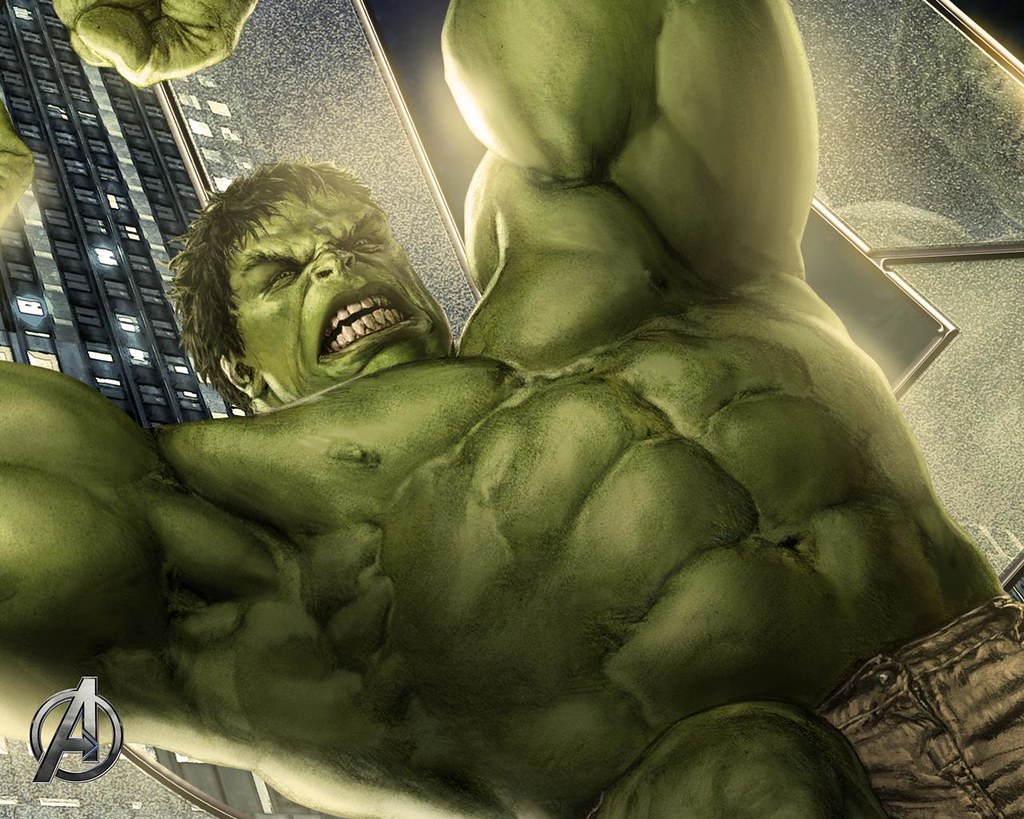
3. **Early Transformations: From Gray Hulk to Green Icon**The Hulk’s iconic green skin wasn’t his original hue, adding another layer to the character’s fascinating evolution. In his very first appearance in *The Incredible Hulk #1*, Stan Lee originally chose gray for the Hulk’s skin color. Lee’s reasoning was insightful: he desired a color that did not suggest any particular ethnic group, aiming for universal appeal for this complex new character. However, this artistic choice presented unforeseen challenges in the early days of comic book printing.
Colorist Stan Goldberg encountered significant problems with maintaining a consistent gray coloring. The printing process of the time resulted in varying shades, sometimes even appearing green within the same issue. Upon seeing the first published issue, Lee made a pivotal decision: to permanently change the Hulk’s skin color to green. This change was quickly adopted, and green became synonymous with the Hulk for decades, even in retellings of his origin and recolored reprints of the original story.
It wasn’t until *The Incredible Hulk vol. 2, #302* in December 1984 that the gray Hulk was reintroduced in flashbacks, clarifying the fictional canon: the Hulk’s skin had initially been gray. This earlier gray incarnation also had distinct triggers, initially tied to nightfall, with Banner changing back by dawn. Later comics diversified this, allowing willpower or stress to trigger the Gray Hulk’s emergence. This fascinating detail underscores the character’s dynamic nature and how his visual identity, much like his personality, has evolved over time, reflecting both creative decisions and deeper psychological explorations within his narrative.
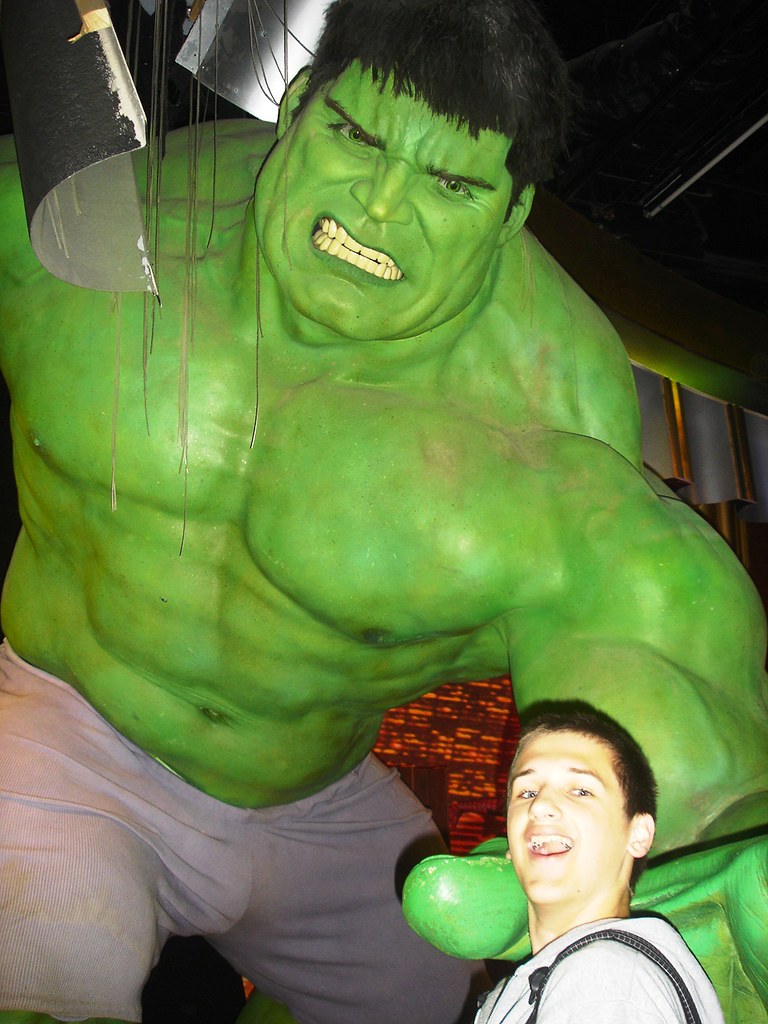
4. **The Savage Hulk: Raging Force**Following the initial gray phase and the subsequent shift to green, a more consistent and recognized persona began to emerge: the Savage Hulk. Originally, this green incarnation of the Hulk was depicted as simple-minded and quick to anger, yet possessed a modest intelligence, capable of thinking and speaking in full sentences. He quickly started to display primitive speech and often referred to himself in the third person, decrying Banner as “puny Banner” in an effort to divorce his identity from the despised human scientist.
In *Incredible Hulk #4*, radiation treatments briefly gave Banner’s mind complete control of the Hulk’s body. During this period, Banner relished his indestructibility and power, but he also became quick to anger and more aggressive in his Hulk form. He even became a founding member of the Avengers. However, his inherent paranoia—a deep-seated fear that he would never be truly trusted by others—caused him to quickly leave the superhero team, a testament to his desire for solitude and quiet, even in his monstrous form.
Throughout the 1970s, the Savage Hulk was increasingly portrayed as more prone to unchecked anger and rage, becoming less talkative and more of a destructive force. Writers explored the volatile nature of his transformations, sometimes giving Banner temporary control over the change, and the ability to maintain control of his Hulk form. Artistically and conceptually, this version of the character progressively grew more muscular and powerful over the years, solidifying his image as the archetypal raging brute whose strength was directly proportionate to his anger.
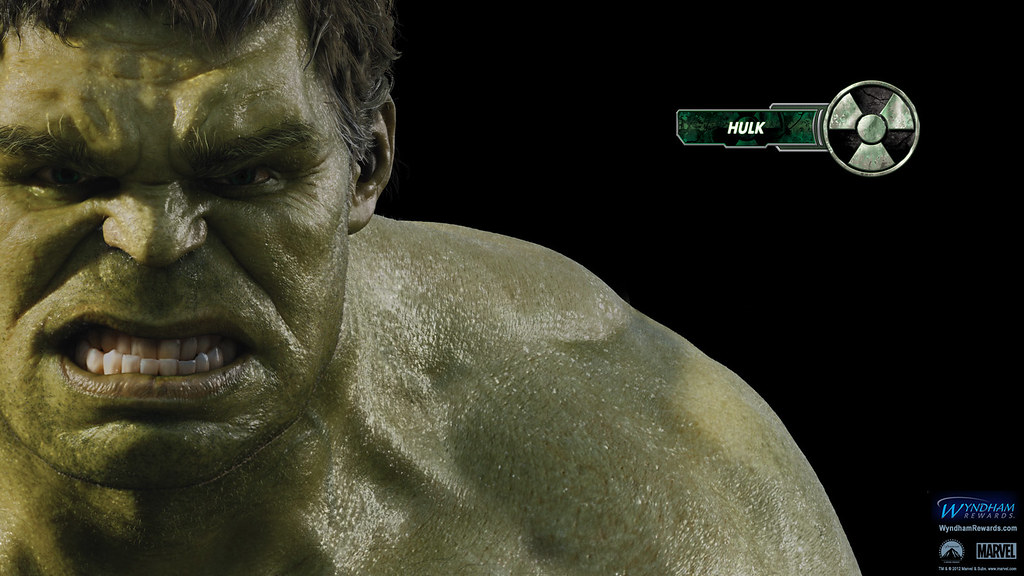
5. **Joe Fixit: The Gangster Persona**Among the many identities inhabiting Bruce Banner’s fragmented psyche, Joe Fixit stands out as a distinct and memorable departure from the raging green behemoth. This persona is, in fact, the re-emergence of the Gray Hulk, a concept born from Stan Lee’s original intention for the Hulk to be gray, before printing issues led to the green change. Later storytelling retconned this, establishing the Gray Hulk and the Savage Hulk as separate dissociative identities, constantly vying for control within Bruce’s subconscious mind.
The Gray Hulk, as Joe Fixit, represents Banner’s repressed selfish desires and urges, often compared to the moody teenager Banner never allowed himself to be. This incarnation is capable of the more unscrupulous things Banner himself could not bring himself to do. While he still possesses the “madder he gets, the stronger he gets” ability, it operates at a much slower rate compared to the Savage Hulk. Interestingly, the Leader, a prominent Hulk villain, noted that the Gray Hulk’s strength fluctuated with lunar cycles, being stronger on new moons and weaker on full moons, a nod to his original nocturnal transformations.
During a particularly intriguing storyline, the Gray Hulk was placed under a spell preventing him from reverting to Bruce Banner. Publicly presumed dead after a gamma bomb explosion, he was teleported away and adopted a new life and identity. He became Joe Fixit, a security expert for Las Vegas casino owner Michael Berengetti. In this role, Joe Fixit showcased a cunning intellect and a more calculating, gangster-like demeanor, a stark contrast to the raw fury of the Savage Hulk. These events cemented “Joe” as a significant and popular alias for the Gray Hulk, demonstrating the character’s remarkable capacity for reinvention and adaptation, even within his own fractured mind.
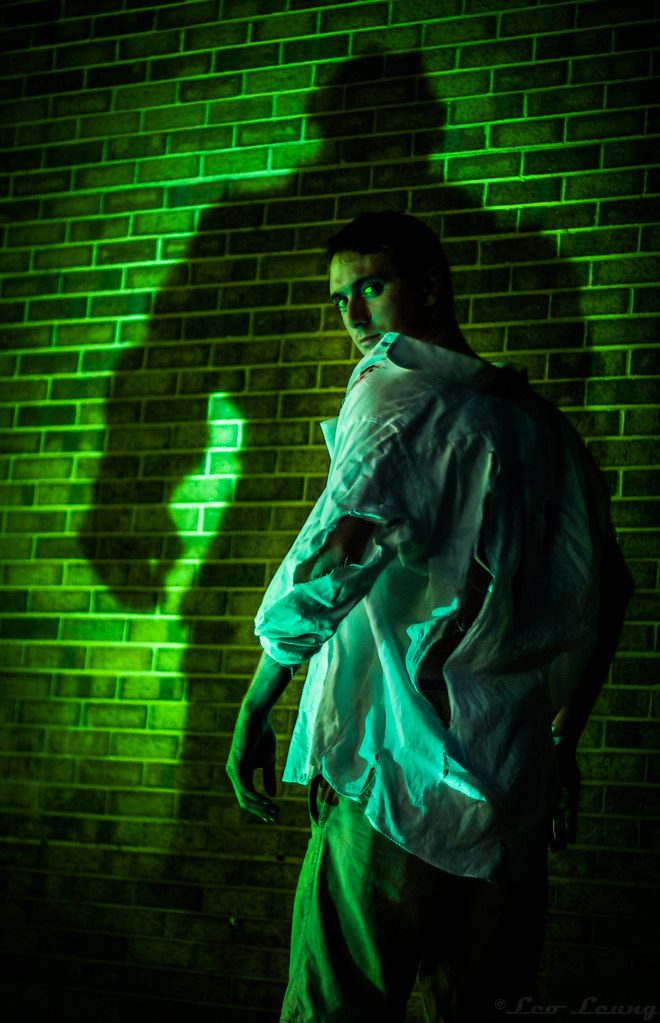
6. **The Merged Hulk (Professor Hulk): Brawn Meets Brains**The ongoing internal conflict between Bruce Banner, the Savage Hulk, and the Gray Hulk led psychiatrist Doc Samson to a groundbreaking intervention. Convinced that these unaided identities would inevitably destroy each other, Samson employed hypnosis to attempt a radical solution: merging the three. His goal was to create a new, single identity that would combine Banner’s formidable intelligence, the Gray Hulk’s cunning attitude, and the Green Hulk’s raw physical power, leading to the creation of what became known as the Merged Hulk, Professor Hulk, or simply Smart Hulk.
This new iteration of the Hulk considered himself “cured” and embarked on a new life, finally embodying the best of all worlds: the brains of Banner, the attitude of the Gray Hulk, and the strength of the Green Hulk. The Merged Hulk is also noted as being the largest of the three primary Hulk incarnations, and when in a calm emotional state, he is even stronger than the Savage Hulk when he is calm. This provided a compelling vision of what the Hulk could be if his disparate parts were harmonized.
However, Doc Samson’s merger was not without its complexities. It proved not to be perfect, as the Hulk sometimes still perceived Banner as a separate person. Crucially, Banner subconsciously embedded a unique safeguard within this incarnation: if the Merged Hulk became overcome with rage, he would transform back into Banner’s physically weaker human body, while retaining the mind of the Savage Hulk. This ingenious flaw highlighted the deep-seated psychological defenses and traumas that continued to shape Bruce Banner’s existence, even in his most integrated form. The Professor Hulk’s tenure included becoming a key member of the Pantheon, a secretive organization of superpowered individuals, where he even confronted a tyrannical alternate future version of himself called the Maestro.
The incredible journey of the Hulk doesn’t end with his more integrated personas; in fact, the deeper we dive into Banner’s psyche, the more fascinating and specialized his transformations become. As the narrative progressed, writers explored even more nuanced aspects of his dissociative identity disorder, giving rise to incredibly complex and sometimes terrifying new identities, alongside cementing his place in the pantheon of pop culture legends through crucial relationships, unparalleled powers, and unforgettable storylines.
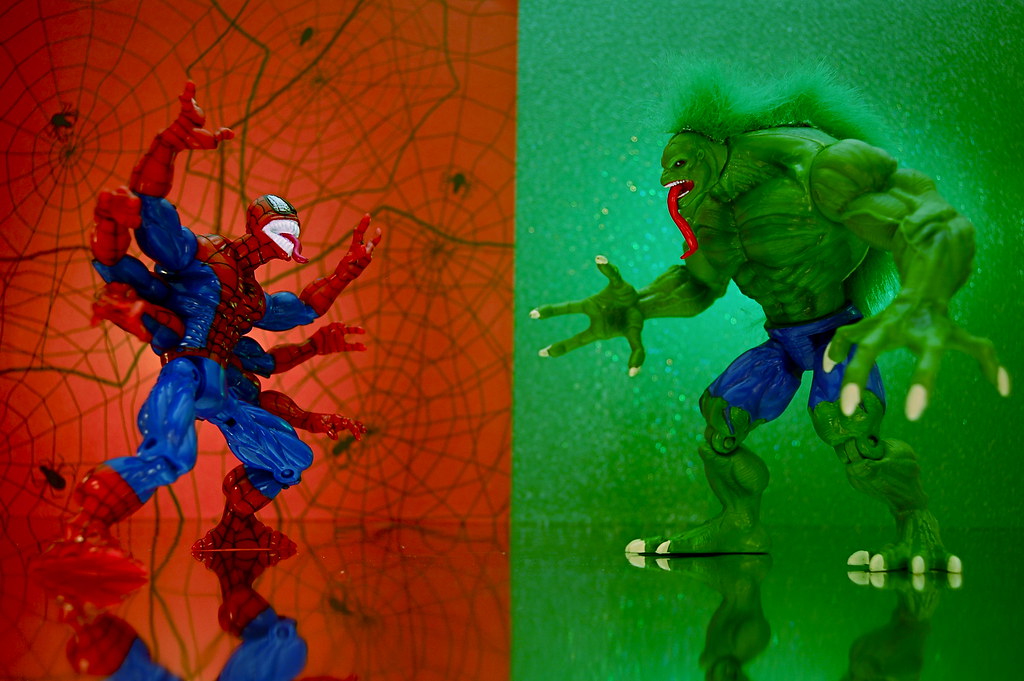
7. **Doc Green: The Omega Hulk’s Intellect**Among the Hulk’s myriad transformations, Doc Green stands out as a unique and intellectually formidable persona, a variation of the Merged Hulk identity. This iteration emerged after Banner was shot in the head by an assassin, necessitating Tony Stark’s intervention with a variant of the Extremis virus to save him. The procedure not only healed Banner but also amplified his intellect, creating a Hulk powerful enough to demolish Tony Stark’s mansion with a single thunderclap, hence sometimes being referred to as Omega Hulk.
Doc Green believed that the world faced an imminent threat from Gamma Mutates, which led him to an controversial conclusion: these powerful beings needed to be depowered. With his enhanced intellect, he developed a cure and proceeded to remove the powers of other gamma-irradiated individuals, including A-Bomb (Rick Jones), Skaar, and the Red Hulk. This brilliant but perhaps hubristic endeavor showcased a side of the Hulk that was less about brute force and more about strategic, even surgical, solutions to perceived global threats.
It was even theorized by Doc Green himself that this form might be an earlier incarnation of his possible future tyrannical self, the Maestro. This self-awareness added a layer of tragic irony to his actions, suggesting a path that could lead to authoritarian control rather than altruistic heroism. Ultimately, however, Doc Green’s heightened intellect proved transient, fading over time until his normal Hulk form was restored, underscoring the impermanence of even the most advanced attempts to “cure” or control the Hulk.
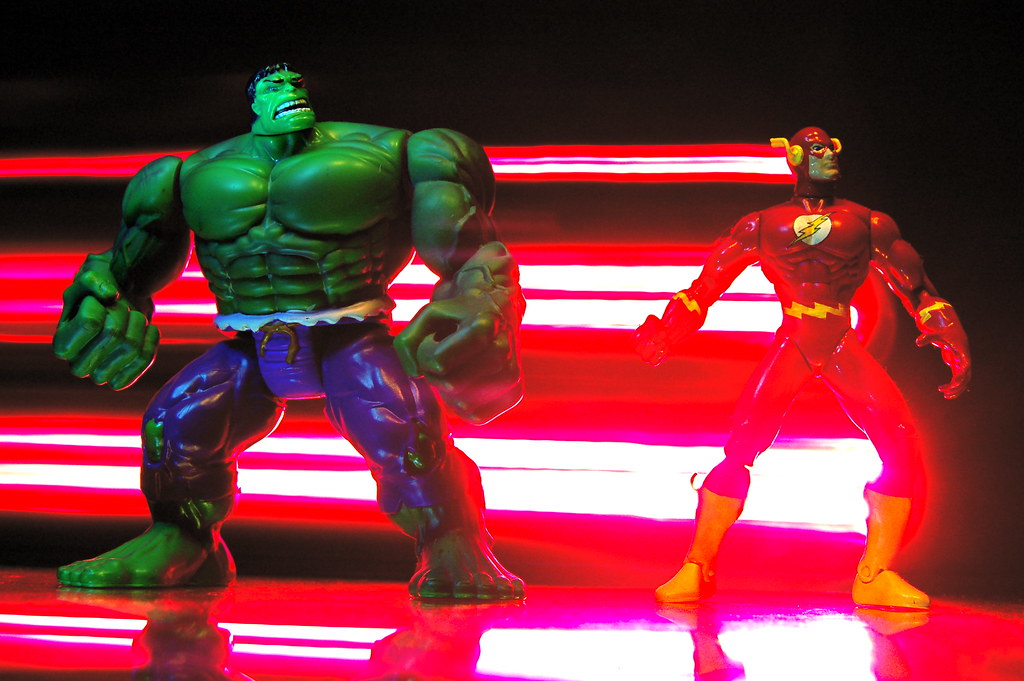
8. **The Devil Hulk: A Self-Hating Protector**Another powerful and menacing identity lurking within Bruce Banner’s subconscious is the Devil Hulk, often depicted as a self-hating protector and a father figure of sorts. While his physical appearance can vary, this incarnation is consistently characterized by glowing red eyes and distinct reptilian traits, embodying a darker, more primal aspect of Banner’s inner turmoil. Unlike some of the other Hulks, the Devil Hulk is articulate, intelligent, and exceedingly cunning, making him a truly formidable presence.
This terrifying new form of the Devil Hulk is a product of Banner and the Hulk enduring multiple deaths and rebirths, suggesting a profound and transformative evolution of his psyche. He specializes in merciless attacks against those who inflict harm, acting as a relentless force of retribution. What makes the Devil Hulk particularly unsettling is his patience; he is content to bide his time, waiting inside Bruce, ready to emerge when Banner is injured by sunset, with his transformation typically limited to night-time.
However, through a complex internal dynamic, the Devil Hulk side and Banner eventually found a way to work together, allowing this formidable persona to maintain his form even in sunlight. This newfound cooperation hinted at a potential for integration and control, transforming a purely nocturnal menace into a more consistently present force. The Devil Hulk’s existence underscores the deep-seated psychological scars within Banner, manifesting as a protector whose methods are often as terrifying as the threats he faces.
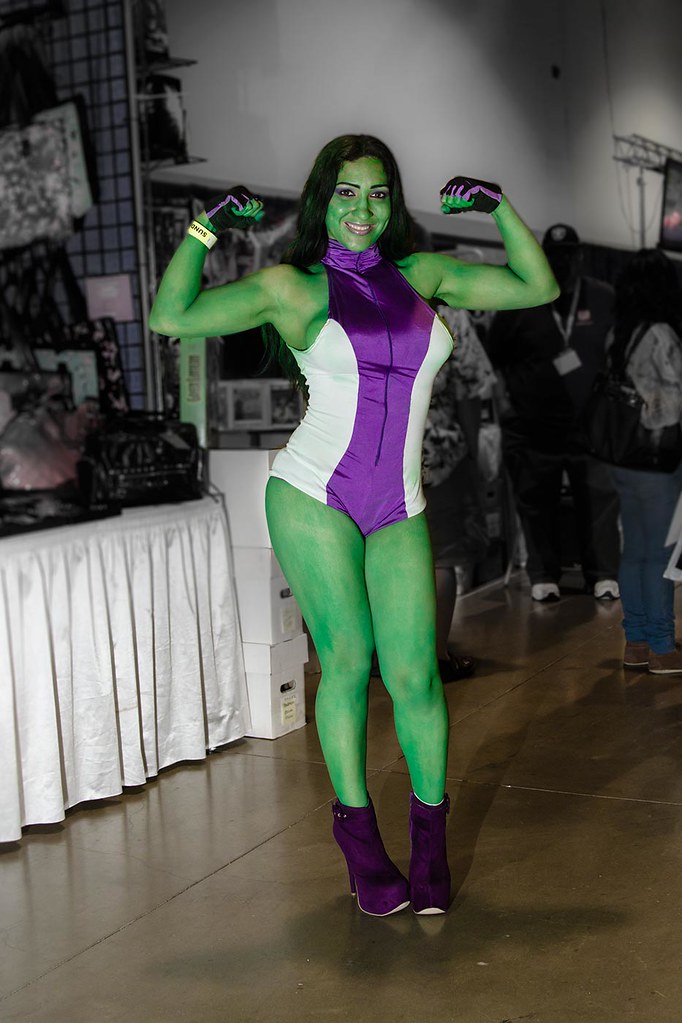
9. **Crucial Relationships and Unwavering Allies**Beyond his internal struggles, the Hulk’s narrative is profoundly shaped by a rich tapestry of crucial relationships and unwavering allies. Despite the Hulk and Banner’s inherent desire for solitude, they are surrounded by a diverse supporting cast who offer both conflict and companionship. At the heart of Banner’s personal life is Betty Ross, his enduring love interest, whose fate is often intertwined with his monstrous transformations and the ongoing pursuit by her father, General Thaddeus “Thunderbolt” Ross.
General Ross himself represents one of the Hulk’s most persistent antagonists, driven by a deep-seated obsession to capture or destroy the green goliath. This familial tension adds a tragic layer to Banner’s existence, as his transformations often put him at odds with the very people he cares about. However, Banner also finds loyalty in unexpected places, most notably with his best friend, Rick Jones, who initially ventured onto the gamma bomb testing field and later became an integral part of maintaining Banner’s secret and assisting him through countless crises.
The Hulk’s extended family includes his formidable cousin, She-Hulk, another gamma-irradiated being who often provides both superheroic aid and a unique perspective on their shared condition. Therapist and ally Doc Samson, who played a pivotal role in attempting to merge Banner’s fractured psyche, demonstrates the scientific and psychological attempts to understand and treat his condition. On Sakaar, the Hulk found love and family with Queen Caiera, fathering two sons, Skaar and Hiro-Kala, further expanding his complex relational web and highlighting his capacity for connection beyond pure rage. These deep bonds and conflicts humanize the Hulk, making his struggles relatable and his triumphs more meaningful.
Read more about: Meryl Streep at 75: Peering into the Hollywood Doyenne’s Timeless Performances and Enduring Influence
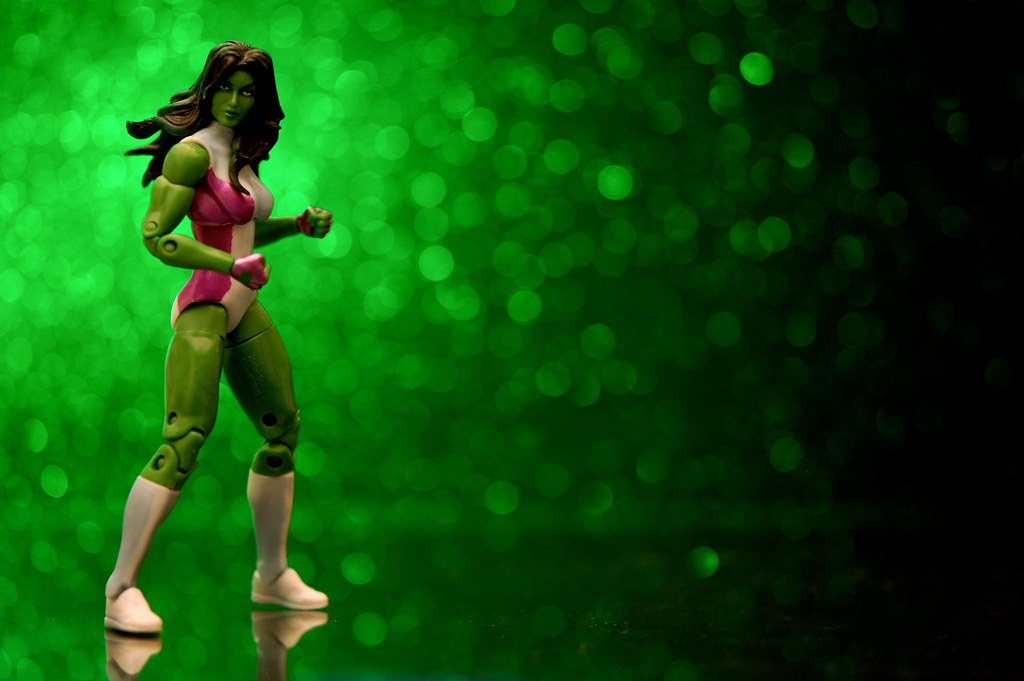
10. **Unparalleled Powers: The Boundless Might of the Hulk**The Hulk is renowned for his truly unparalleled powers, which are directly influenced by his emotional state, most notably his anger. This core concept is famously encapsulated in the adage, “The madder Hulk gets, the stronger Hulk gets,” a statement that hints at a seemingly limitless potential for physical strength. The cosmically powerful entity known as the Beyonder, after analyzing the Hulk’s physiology, once claimed that the Hulk’s potential strength had “no finite element inside,” suggesting an boundless capacity for power that defies conventional measurement.
Beyond sheer brute force, the Hulk’s capabilities extend to superhuman speed, allowing him to cover vast distances with incredible swiftness, and the ability to leap into lower Earth orbit or across entire continents in a single bound. His durability, regeneration, and endurance also escalate in direct proportion to his temper, making him incredibly resistant to injury. He has famously withstood the equivalent of solar temperatures, direct nuclear explosions, and even planet-shattering impacts, showcasing an almost invulnerable physiology that grows stronger with every hit.
Bruce Banner himself contributes to this formidable arsenal through his genius-level intellect. Considered one of Earth’s greatest scientific minds, Banner holds expertise across multiple disciplines including nuclear physics, biology, and engineering. His intellect is so profound that it “cannot be measured on any known intelligence test,” allowing him to create advanced “Bannertech” – technologies on par with those developed by Tony Stark or Doctor Doom. These include personal teleporters and force fields capable of shielding him from Hulk-level attacks, demonstrating that even without his monstrous alter ego, Banner is a force of incredible intellectual power.
Furthermore, Banner’s ingenuity extends to his survival skills honed through years as a fugitive. He has learned various techniques to avoid detection, travel discreetly, and support himself financially through short-term jobs that leverage his vast knowledge. He’s developed methods like meditation and hypnotherapy to suppress or control his transformations, showcasing his relentless pursuit of understanding and managing his condition. The unique combination of Banner’s scientific genius and the Hulk’s near-infinite physical prowess makes him one of the most uniquely capable beings in the Marvel universe, capable of both immense destruction and groundbreaking innovation.
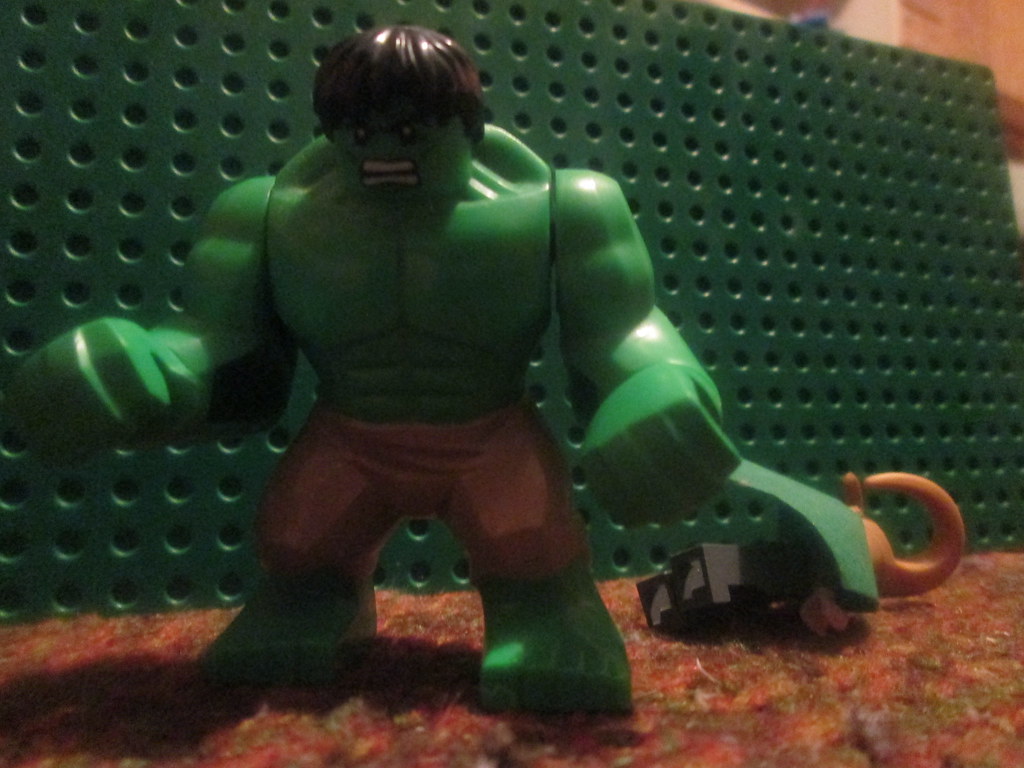
11. **Pivotal Storylines: Shaping a Legend**The Hulk’s legend is not only forged in his transformations and powers but also in the pivotal storylines that have profoundly shaped his character and impact on the Marvel Universe. One such saga is “Planet Hulk,” where the Illuminati, deeming him too dangerous for Earth, exiled him by rocket ship, which subsequently crashed on the gladiatorial planet Sakaar. On Sakaar, the Hulk found a new purpose, forging alliances with the “Warbound,” marrying the alien queen Caiera, and fathering two sons, Skaar and Hiro-Kala, a period that offered him a semblance of peace and acceptance.
This period of relative tranquility was tragically shattered when the Illuminati’s ship exploded, killing Caiera. The ensuing fury of the Hulk led directly into “World War Hulk,” a storyline where he returned to Earth with his Warbound, consumed by vengeance and declaring war on the planet. This epic confrontation saw him face off against virtually every hero on Earth, showcasing an unprecedented level of power and rage from his “Green Scar” identity, highlighting the destructive consequences of his grief and betrayal.
Another crucial narrative thread is his confrontation with the Maestro, a tyrannical alternate future version of himself who ruled over a world where many heroes had perished. This storyline, prominently featuring the Professor Hulk, served as a chilling cautionary tale about the potential dark path Banner’s integrated intellect and power could take if left unchecked. These pivotal sagas, from his exile and rise on Sakaar to his vengeful return and battles with a future self, have not only expanded the scope of the Hulk’s adventures but also cemented his status as a complex, enduring figure whose emotional depth drives world-shattering events.
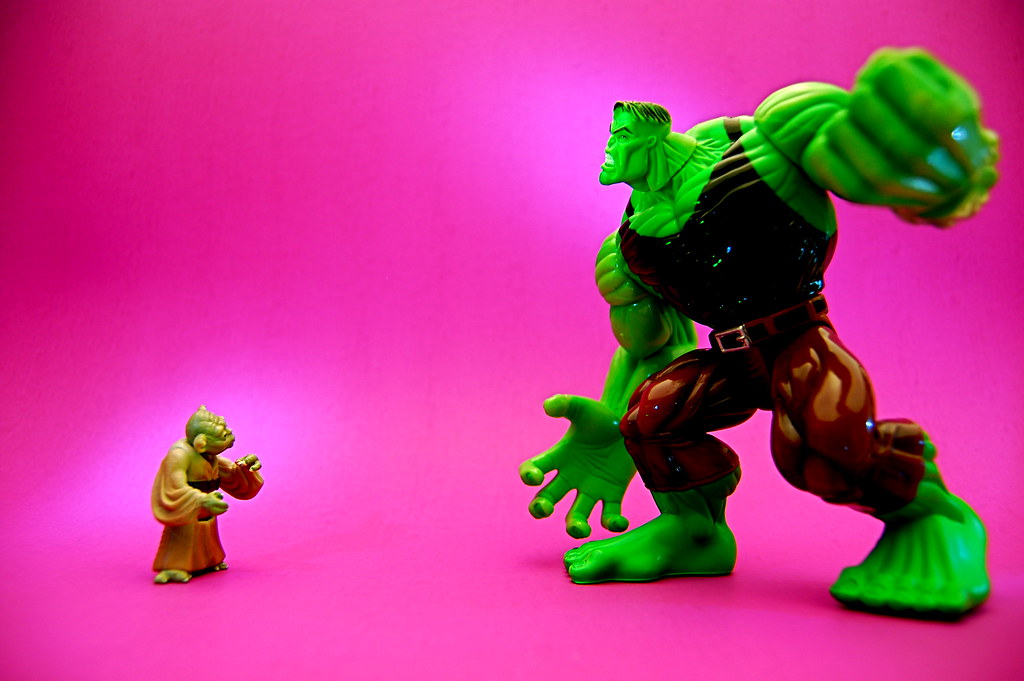
12. **Enduring Cultural Impact: A Pop Culture Icon**The Incredible Hulk has transcended the pages of comic books to become one of the most iconic characters in popular culture, leaving an indelible mark across various media and generations. His image is instantly recognizable, inspiring a wide array of merchandise, from clothing to collectible items, and even real-world structures like theme park attractions. This widespread recognition speaks volumes about his resonant appeal, solidifying his status as a global phenomenon.
The character’s journey into mainstream consciousness was significantly bolstered by his adaptations into live-action television. The 1978 television series, *The Incredible Hulk*, starring Bill Bixby as Banner and Lou Ferrigno as the Hulk, became a massive ratings success. This series introduced the now-famous catchphrase, “Don’t make me angry. You wouldn’t like me when I’m angry,” broadening the character’s popularity from a niche comic book readership into a true household name and shaping public perception for decades.
In the 21st century, the Hulk found renewed and expansive fame through film. Eric Bana portrayed the character in the 2003 film *Hulk*, further bringing the complex narrative to a new generation of viewers. His most prominent modern adaptation came with the Marvel Cinematic Universe (MCU), where Edward Norton first portrayed Banner in *The Incredible Hulk* (2008), followed by Mark Ruffalo taking on the role in subsequent, hugely successful appearances. Ruffalo’s portrayal, particularly his Smart Hulk iteration, introduced the character to an even wider global audience, demonstrating the enduring versatility and timeless appeal of a character who, at his core, grapples with immense power and profound internal conflict. The Hulk isn’t just a superhero; he’s a symbol of unchecked power, internal struggle, and the constant battle for self-acceptance, resonating deeply with audiences worldwide.
Read more about: Behind the Silver Screen’s Facade: Unmasking the Heartbreaking Exploitation of Actresses in Old Hollywood’s Studio System
From his tumultuous origins to his sophisticated later identities, from his profound relationships to his world-shattering powers, the Hulk remains a truly iconic figure. He is a testament to the enduring power of storytelling that delves into the human condition, even through the lens of a gamma-irradiated monster. Bruce Banner’s saga is a vivid exploration of what it means to live with immense power, to fight inner demons, and to continually seek understanding and peace in a world that often fears what it cannot control. His legacy, ever-evolving and always compelling, ensures that the Incredible Hulk will continue to smash boundaries and captivate imaginations for generations to come.

